Museo de las Joyas del Mundo (세계장신구박물관)
467.81697288034707m 3567 2023-10-13
Bukchon-ro 5-nagil 2, Jongno-gu, Seúl
Este museo se encuentra ubicado en la Calle Cultural de Samcheong-dong. Lee Gang-won, titular del museo, es poeta y ensayista. Durante 30 años ha recorrido 60 países y ha coleccionado alrededor de 3.000 joyas, de las cuales el museo exhibe, aproximadamente, un millar. No se tratan de joyas famosas y de alto costo, sino aquellas que poseen un valor especial por su historia.
El primer piso del museo está dividido en las siguientes salas: Sala del Ámbar, que muestra la textura de las eras antiguas del planeta; la Sala del Oro, que enloqueció a los europeos en el siglo XVI; la Sala de los Collares, decorados artísticamente; y la Sala de la Cruz. En el segundo piso, se encontrará con máscaras, anillos, etc., y las impresionantes salas del Marfil y Abalorios y de Joyas Modernas, entre otras.
Taller de Nudos Tradicionales Dongnim (동림매듭공방)
474.70523693321667m 3785 2021-08-19
Bukchon-ro 12-gil 10, Jongno-gu, Seúl.
Inaugurado en abril del 2004, el Taller de Nudos Tradicionales Dongnim expone todo tipo de accesorios decorados con nudos y también los materiales con los que se elaboran. El edificio del estudio es una casa tradicional hanok, y tiene en exposición reliquias antiguas, piezas reproducidas, nuevas elaboraciones creativas y fusionadas al estilo moderno, etc. También se realizan programas académicos llevados a cabo por discípulos cualificados del propietario Shim Young-mi.
Museo Gahoe (가회민화박물관)
481.9135161880067m 4106 2022-08-30
Bukchon-ro 52, Jongno-gu, Seúl.
El Museo Gahoe fue inaugurado en el año 2002 y expone pinturas populares, amuletos, etc., que muestran la vida y la aspiración que tenían los coreanos en la antigüedad. Se cuentan 250 pinturas populares, 750 talismanes, 150 tomos de libros antiguos, 200 dibujos de dioses, 250 materiales folclóricos, entre otros, que hacen un total de 1.700 piezas en exposición.
En el interior del área dedicada a las casas tradicionales hanok se puede conocer y explorar la vida de las personas en el pasado histórico, pinturas populares, dibujos que reflejan la religión y los mitos tradicionales, tejas con las imágenes de personas o espíritus, etc. Además, en los biombos decorados con talismanes, se puede echar un vistazo al esfuerzo que hacían los antepasados para superar las dificultades.
Museo Folclórico Nacional y Museo Infantil del Museo Folclórico Nacional (국립민속박물관&국립민속박물관 어린이박물관)
483.4141030679143m 0 2024-04-18
Samcheong-ro 37, Jongno-gu, Seúl
Cafe COIN 2ho (Cafe COIN 2호)
488.9403526732153m 266 2021-03-22
29, Myeongdong, 9-gil, Jung-gu, Seoul
+82-2-754-1506
A café operated for more than 20 years in Myeong-dong. This is a cafe located in Jung-gu, Seoul. The most famous menu is waffle.
The Restaurant (더레스토랑)
501.04112946911994m 154 2021-03-27
54, Samcheong-ro, Jongno-gu, Seoul
+82-2-735-8441
It is a gallery-like restaurant where you can appreciate paintings drawn by famous artists. The best menu at this restaurant is spaghetti. This Western dishes restaurant is located in Jongno-gu, Seoul.
Bukchonmaru hanok guesthouse [Korea Quality] / 북촌마루한옥게스트하우스 [한국관광 품질인증]
511.86070164711947m 17946 2020-09-10
152, Changdeokgung-gil, Jongno-gu, Seoul
+82-10-3253-8751
Bukchonmaru Hanok Guesthouse is located between “Bukchon Views 2 and 3” on a hill in Bukchon Village in Seoul. This two-storied hanbok building with a terrace, which is rarely found among other hanok structures in the area, offers a splendid view of Seoul. In particular, the summit of a hill next to the main gate of Choong Ang High School where the guesthouse is situated is known as the filming location for the famous Korean TV series Winter Sonata (2002). When you open the main gate and go up to the first floor, a small yard is seen with a group of jars on one side. After entering the sliding door through the yard, there is daecheong maru (main floored room) that features the doors opening in all directions and a high ceiling with rafters, making the space open and cozy. The hanok building consists of two floors – the ground floor is equipped with special furniture, a jar table and a log chair made by the owner, and on the first floor are guestrooms comprised of one large room and two small rooms. The neat and clean rooms are designed in a simple way and have lovely bedding with the pattern of five cardinal colors. Its staff members can speak English and Chinese to communicate with guests from other countries. Every morning, guests engage in animated conversation while enjoying a Korean home-style breakfast prepared by the owner in a friendly atmosphere. After having breakfast, if guests want, they can try on traditional Korean clothes (hanbok) and take photographs inside and around the guesthouse to create interesting memories. The guesthouse also provides a hanbok rental service (KRW 30,000 for a day) and tourists wearing traditional Korean clothes can enter both Changdeokgung Palace and Gyeongbokgung Palace, which can be reached on foot within 10 to 15 minutes, free of charge. Moreover, guests can enjoy an open view of the area including Gahoe-dong, Gye-dong and even the lights of the Namsan Seoul Tower at night from the roof top.
Inwoohouse [Korea Quality] / 인우하우스 [한국관광 품질인증]
512.4018803742533m 34542 2023-04-13
9, Gyedong 6-gil, Jongno-gu, Seoul
02-742-1115
Run by a couple hailing from Bukchon, Inwoo House is located in an alleyway in Gye-dong, Jongno-gu, which is part of Bukchon that is well-known for old hanok houses. Inwoo House, meaning 'the house of Inwoo,' is inhabited by the owner couple and eight-year-old son Inwoo and his younger brother Yeonwoo. The couple, who have always lived in Bukchon, moved to Inwoo House in 2010; their parents run another guesthouse -- Yeonwoo House -- in Gahoe-dong, which isn’t far from Inwoo House. These two hanok guesthouses seek to provide guests with an opportunity to experience the true aspect of traditional Korean house amid the natural environment. Inwoo House, which has the typical style of hanok in the area, features a cozy yard, a toenmaru (narrow wooden porch running along the outside of the building), and several charming decorative items. It has three rooms – Tokki-bang and Haejanggeum-bang situated in Sarangchae (a detached building) and Nori-bang, which is a communal space. Due to its quiet location, guests can enjoy relaxation with a serene atmosphere in their rooms, which are decorated with calligraphic works and furniture inlaid with mother-of-pearl in a simple way. Each room is equipped with a bathroom. The guesthouse offers breakfast such as toast or tteokguk (rice cake soup). Inwoo House is an ideal place to stay for guests with children as the owner couple have children with whom children can play in the alley, yard, or toenmaru with an interesting hanok environment. The guesthouse also provides various traditional activities including traditional Korean clothes experience, traditional Hanji (Korean paper) craft experience, traditional knot bracelet making, and fan decorating, which are popular among foreign tourists and children. It is adjacent to restaurants, coffee shops, convenience store, and other tourist attractions including Gyeongbokgung Palace, Changdeokgung Palace, Insa-dong, and Samcheong-dong.
Hanboknam (한복남)
532.4437101700045m 22200 2021-01-19
Bukchon-ro 5-ga gil 17, Jongno-gu, Seúl
+82-10-6485-8507
Hanboknam nace en Jeonju en el año 2012 para difundir la belleza del traje tradicional coreano: hanbok. En 2015 fue seleccionado como Empresa Creativa de Turismo por el Ministerio de Cultura, Deportes y Turismo de Corea. Al año siguiente, abrió las puertas de su tienda en Bukchon, Seúl.
En este lugar, los turistas pueden encontrar todos los tipos de hanbok: desde el de los reyes hasta el de los pobres. Con solo elegir un hanbok, los personales te recomiendan el resto de los accesorios. En cuanto al horario del alquiler, disponen de 1 hora 30 minutos, 2 horas 30 minutos, 4 horas y un día entero.
Casa Baek In-je (백인제가옥)
542.3948612370721m 7903 2021-05-14
Bukchon-ro 7-gil 16, Jongno-gu, Seúl
La Casa Baek In-je está situada en Gahoe-dong. Este edificio conserva el estilo moderno de hanok diseñado durante la colonización japonesa. En un terreno amplia de 2.460 ㎡, la vivienda cuenta con habitaciones y jardines alrededor del salón principal. También hay un pequeño espacio separado para el descanso. La casa mantiene la belleza tradicional del propio hanok con remodelaciones. Así, es una de las representaciones arquitectónicas más conocidas del barrio de Bukchon, junto con la Casa Yoon Bo-seon.
Diversas características destacan la casa construida en pino negral, presentado por primera vez en Seúl durante la Exposición de Gyeongseong en 1907. Por ejemplo, la Casa Baek In-je está compuesta por un pasillo que une el salón y las habitaciones, lo que es peculiar en comparación con el hanok clásico. Por otro lado, el pasillo al estilo japonés, la habitación con esteras, el empleo de ladrillos rojos y ventanas de cristal reflejan el paisaje de la época. Asimismo, el salón suele ser de un piso, pero está dividido en dos plantas en esta construcción. Siendo un patrimonio cultural, este lugar agrupa toda la hermosura de hanok, permitiendo contemplar del jardín al salón, del patio al interior de la casa y del trasero del inmueble separado.
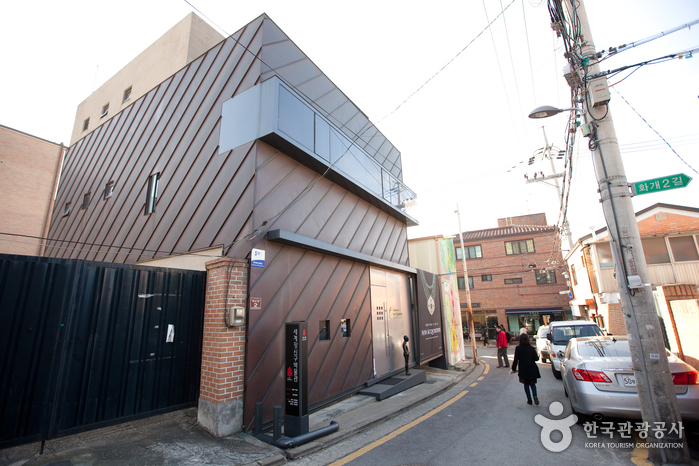
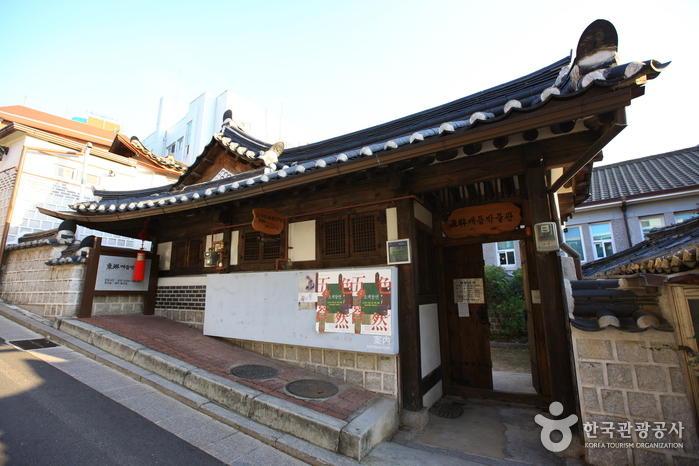
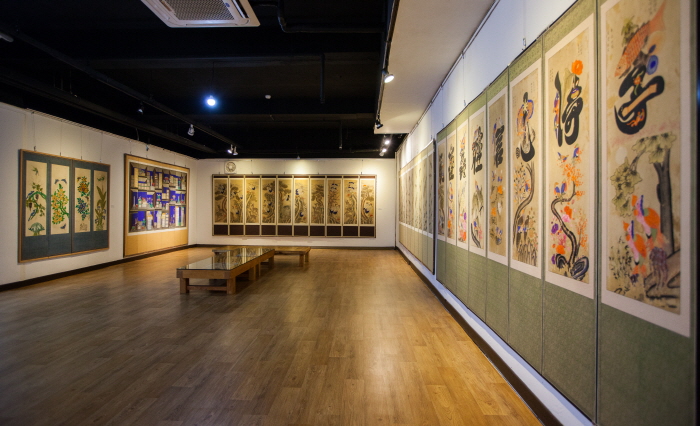

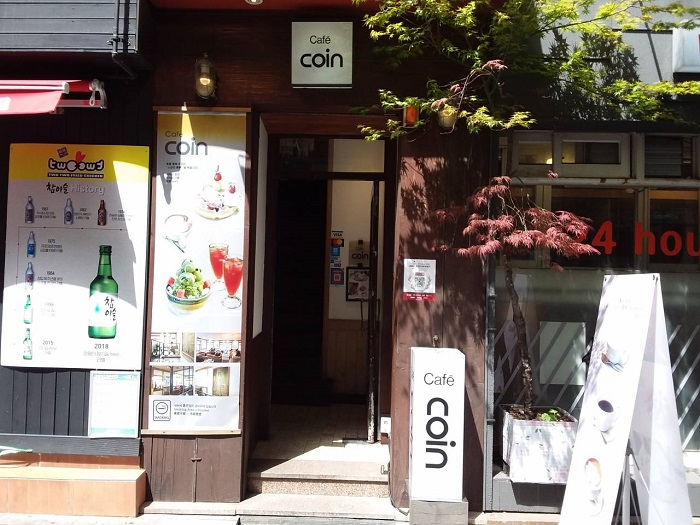
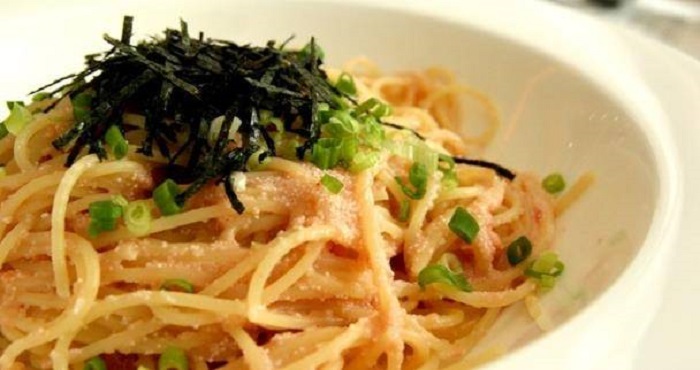
![Bukchonmaru hanok guesthouse [Korea Quality] / 북촌마루한옥게스트하우스 [한국관광 품질인증]](http://tong.visitkorea.or.kr/cms/resource/32/2574032_image2_1.jpg)
![Inwoohouse [Korea Quality] / 인우하우스 [한국관광 품질인증]](http://tong.visitkorea.or.kr/cms/resource/64/2633664_image2_1.jpg)
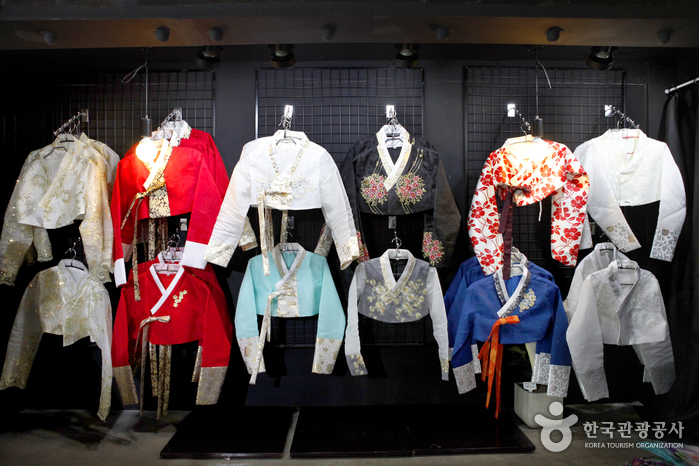
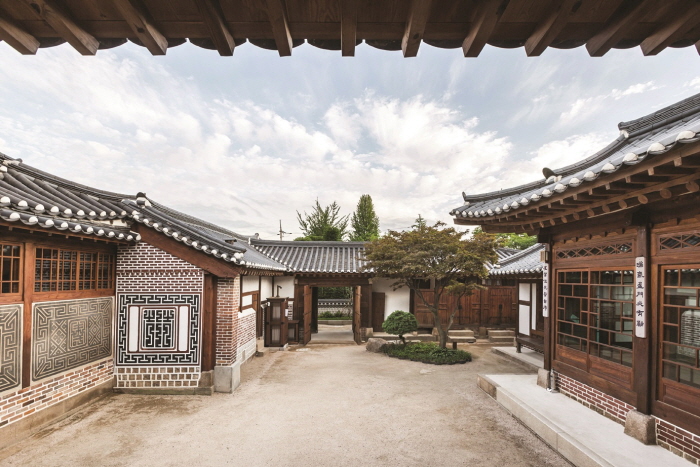
 Español
Español
 한국어
한국어 English
English 日本語
日本語 中文(简体)
中文(简体) Deutsch
Deutsch Français
Français Русский
Русский